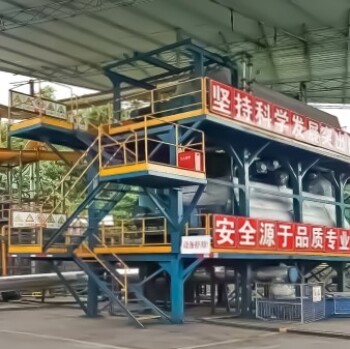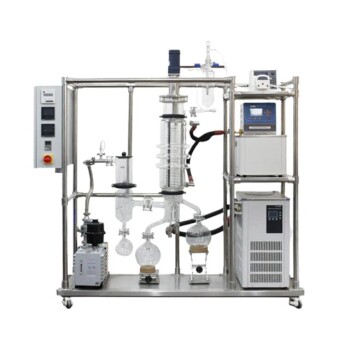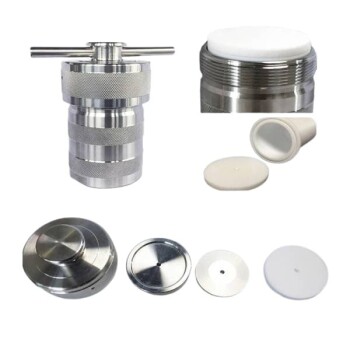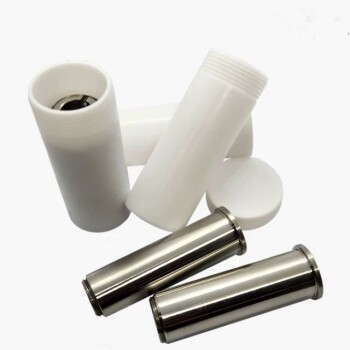Bio-oil, also known as pyrolysis oil, is produced through a process called pyrolysis, which involves the rapid heating of biomass in a low oxygen environment followed by rapid quenching. This process results in the decomposition of biomass into a liquid emulsion of oxygenated organic compounds, polymers, and water, which is known as bio-oil.
Production Process: The pyrolysis process typically occurs at temperatures around 500 °C with high heating rates (1000 °C/s) under fast pyrolysis conditions. This high temperature and rapid heating break down the biomass's strong bio-polymers, such as cellulose, hemicellulose, and lignin, into smaller molecules. The absence of oxygen prevents combustion, leading to thermal decomposition rather than burning. The gases produced during this decomposition are then rapidly cooled, condensing them into a liquid form, bio-oil.
Characteristics of Bio-oil: Bio-oil is a complex mixture containing up to 40% oxygen by weight, making it significantly different from petroleum oils. It is not miscible with petroleum oils, contains water (often 20-30%), has a lower heating value than petroleum oil, is acidic, and is unstable, especially when heated. Its density is higher than that of water, and it often contains solid inorganics and carbon char.
Challenges and Developments: Initially, bio-oil produced was highly unstable, corrosive, and had very high organic oxygen contents, making separation from the aqueous phase difficult. Development efforts have focused on reducing the oxygen content to less than 25 wt% to improve separation and oil quality, although this often results in lower yields of useful carbon.
Applications and Upgrading: Bio-oil is intended to replace crude oil as a starting material for transportation fuels. However, its high oxygen content and instability require upgrading before use as engine fuel. This involves processes to reduce oxygen content and stabilize the oil, improving its compatibility and performance as a fuel.
Conclusion: Pyrolysis is a promising technology for converting biomass into a liquid fuel, bio-oil. Despite challenges related to its properties and stability, ongoing research and development aim to optimize the process and improve the quality of bio-oil, making it a viable alternative to traditional fossil fuels.
Elevate Your Biofuel Production with KINTEK SOLUTION! Are you looking to harness the potential of biomass conversion into bio-oil? At KINTEK SOLUTION, we are at the forefront of pyrolysis technology, offering state-of-the-art equipment and solutions to optimize your bio-oil production process. Overcome the challenges of stability and separation with our cutting-edge systems, designed to enhance yields and refine bio-oil to meet the demands of the modern energy market. Discover how KINTEK SOLUTION can help you transform biomass into a sustainable, viable fuel of the future!











